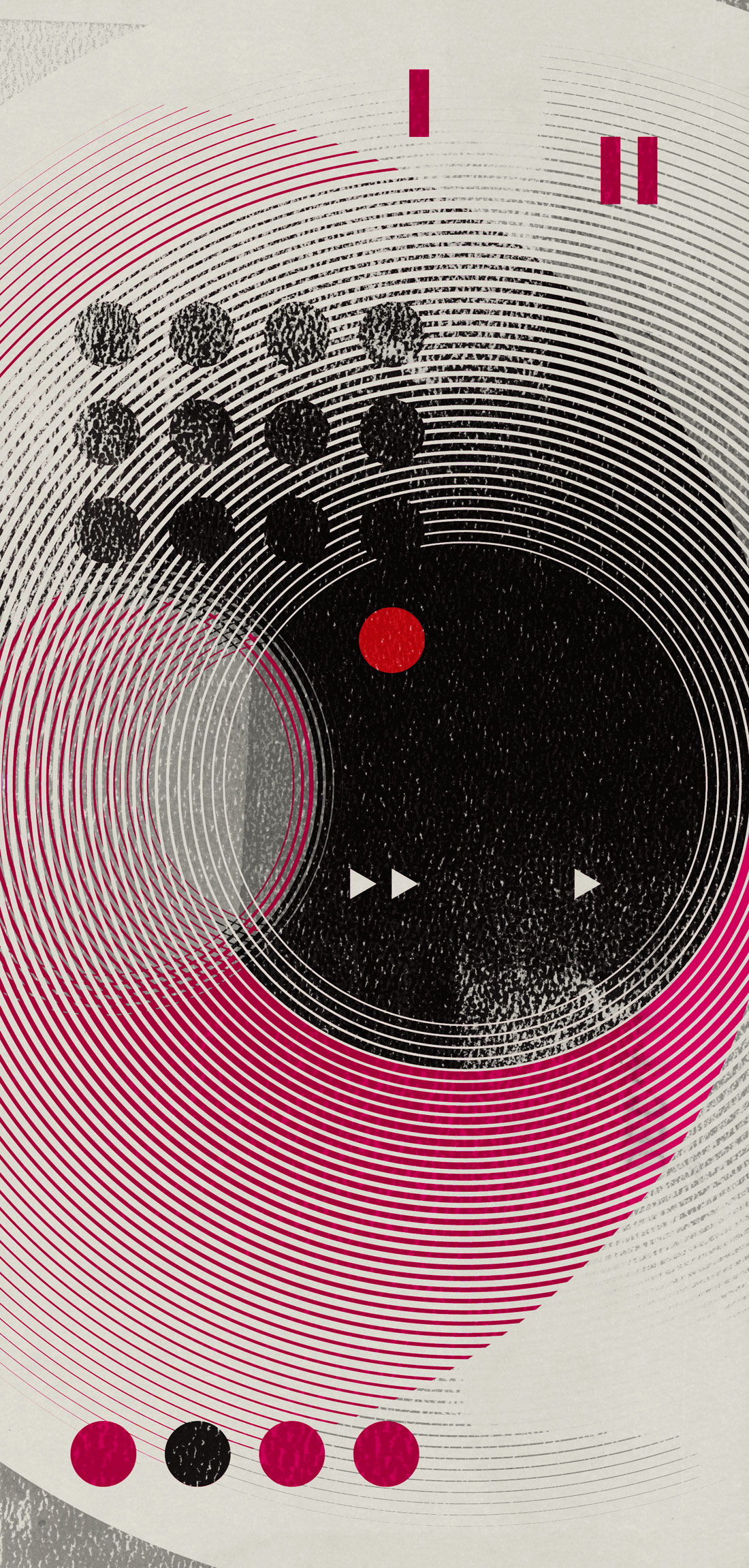Here’s a relatively new, pencil-style, solid-state condenser microphone with interchangeable cardioid and omnidirectional capsules from the folks at Mojave. Notably, the electronics were designed by David Royer and are the exact same as the guts in the Mojave MA-201fet (Tape Op #70). This means you get a lot of mic for not a lot of money — big fat Jensen transformer, super-low noise floor, and what Mojave refers to as a “military-grade” FET. (“Drop and give me twenty, electrons!”)
I really like these tough little mics. Mojave sent us a matched pair, and my first application for them was as an X/Y stereo setup capturing the room for a live recording at The Make Out Room in San Francisco. For this live session, I used a Metric Halo Mobile I/O 2882+DSP as the mic preamp and front end for a Logic 9.1 (Tape Op #74) project clocked at 88.2 kHz. The cardioid capsules were used, and my setup was quick and dirty. Now, I have never been super-stoked on my MIO’s preamps; I know that many users rave about them, but I often find them just a little bit bland. (As a side note, I do look forward to getting my 2882 scaled up with the 2d card upgrade and have heard that this dramatically changes the preamp options via new DSP.) However, I was quite pleased with the stereo capture using the Mojaves. It was full and clear with no transient distortion and definitely gave the session an almost binaural, “right there in the room” quality. The low end was represented nicely as well, which for me is always a challenge with location recording. All in all, the stereo room track was a huge success for this particular live recording and was featured heavily in the resultant mix.
Having checked location recording off my list, I was excited to get the mics back into my studio to employ them in some sexy, high-SPL drum tracking. How’d it go?
Let me just say that the MA-101fet rules on snare.
Oh, and on toms.
And kick. And overheads. And, um, guitar amps. And acoustic instruments. On effing CONGA!
Let’s rein this in a bit, though. One of my favorite gear combos was recording snare top and bottom with the pads engaged, using a Vintech 473 (Tape Op #77) as mic preamp (no EQ, polarity reversed on the bottom source) — clear, energetic, and “airy” snare with excellent transient response and good isolation due to the tight polar pattern of the cardioid capsule. Note that to engage the –15 dB pad, which is a dipswitch mounted on the circuit board (to keep costs down and maintain reliability), you need to unscrew the mic housing — which can really put a damper on a session. But the mic does have pretty guts, and fortunately, the MA-101fet already has huge headroom (rated at 125 dB max SPL with pad off, 140 dB pad on), so it’s not often that the pad is even needed. Not a deal breaker in my opinion, but something to plan for when tracking extra loud sources.
Holy crap, what a flexible high-grade mic! It’s like Ducati had hand-built the SM57, or something. What I mean to say is, I’ve never really found a pencil mic that so quickly became my go-to mic for such a diverse range of sound sources. It’s the kind of mic you want three of. About the only thing I didn’t record with it was my Stylophone, and I’m pretty sure that would’ve sounded great too.
($595 MSRP; www.mojaveaudio.com)
–Dana Gumbiner, www.stationtostationrecording.com
Microphones | No. 77
CM7 FET mic
by Mike Jasper
Thanks to Top Hat Recording, a few of us Austin engineers, producers, and studio owners got to listen to one of the first Wunder CM7 FET mics alongside its inspiration -the Neumann U 47 fet. Top Hat's...




_disp_horizontal_bw.jpg)